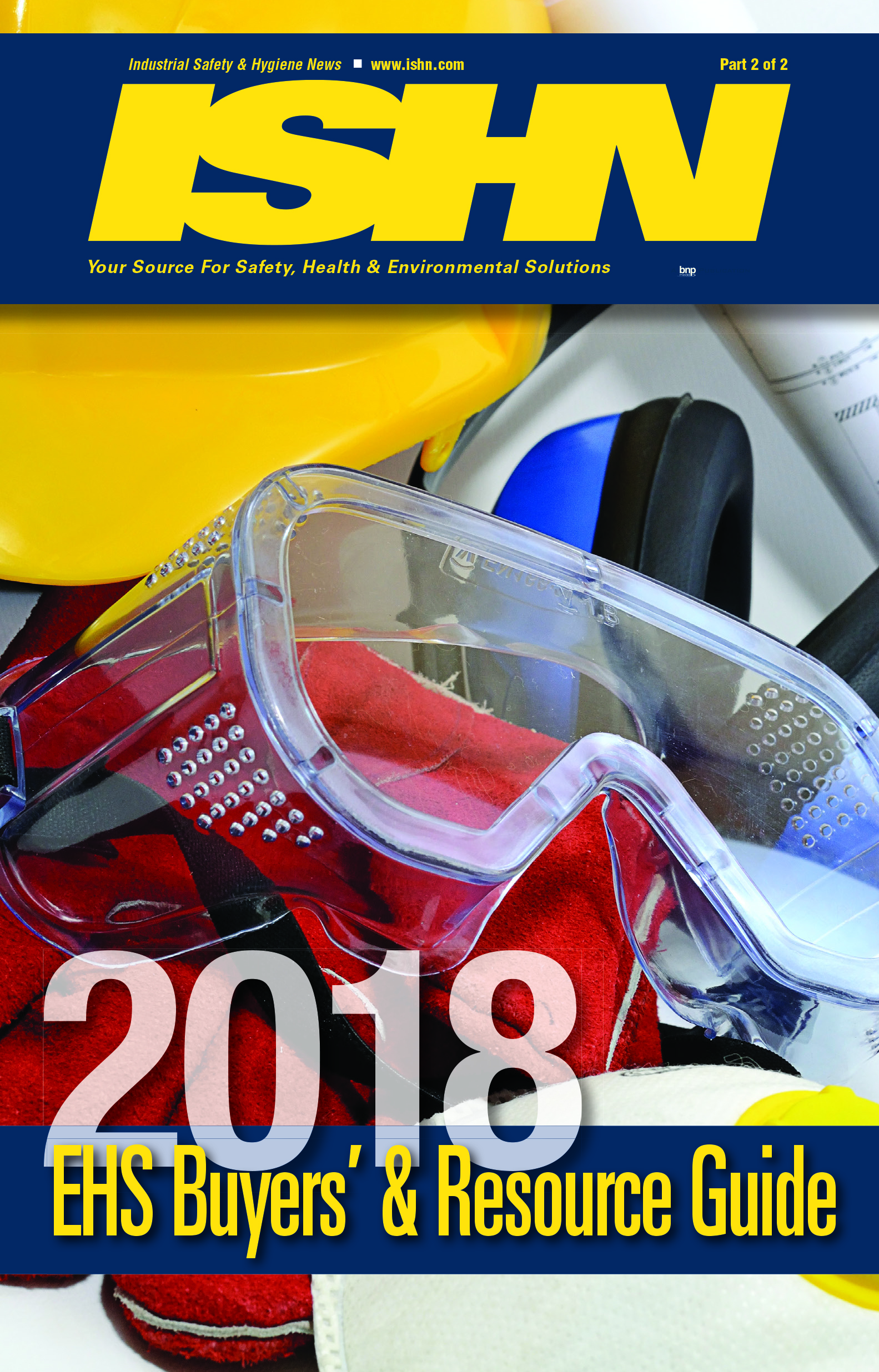
Strong and effective environmental, health and safety (EHS) written policies are the foundation for a successful and sustainable EHS program. The written EHS program is generally comprised of several policies that establish the minimum requirements for your company. In addition to the policies, written procedures and supporting tools are developed to detail how the company will meet policy requirements.
Policy vs. procedures
How does a policy and procedure differ? Webster’s online defines a policy as “a high-level overall plan embracing the general goals and acceptable procedures especially of a governmental body,” while a procedure is defined as a “particular way of accomplishing something or of acting.” This is a very important dividing line. EHS policy states what is expected (i.e. “will” and “shall”) versus a procedure that details how the policy requirements will be met.
Getting started
Research and preparation includes reviewing/reading applicable regulations (federal, state and local) and consensus standards such as those from the American National Standards Institute (ANSI) or National Fire Protection Association (NFPA). Based on the regulatory and consensus requirements, a determination will be made as to what requirements apply. This determination will also factor in best practices versus regulatory minimum and overall impact to the organization.
Policy development
The company policy distills the applicable requirements into a standardized format. While each company will differ, most policies will contain the following information:
Purpose– Why is this policy being developed? The purpose of the policy should be based on the findings of the research stage of policy development.
Scope– Who does this policy apply to/affect? For example, does it apply to a specific task or trade, department or site, or is the policy company-wide, including global affiliates?
Definitions– It is important to define the terms used in the policy. Additional terms/definitions that are not actually used in the policy should be omitted. You may want to include exceptions and/or company interpretations in the definition section to keep your policy requirements streamlined and focused.
References– The regulations or consensus standards that are the bases for the policy should be cited in the policy. References also serve as an additional resource and support if policies are challenged.
Responsibilities– This very important section of the policy is where, based on the impact of the regulation or standard, responsibilities are assigned to the employee, management, EHS department, etc. Clear, concise responsibilities make training, implementation and enforcement more effective.
Requirements– This section begins the main requirements of the policy. There should be a significant amount of planning to determine the main categories of this section. Once this section is determined, the policy statements are developed and detail what is required for policy conformity. “All employees will receive training annually,” and “Each department will keep a list of chemicals present in the workplace,” are examples of policy statements. Notice how the statement specifies what is required, but does not detail how it will be accomplished. Generally, this is the most robust section of the policy.
Peer review and approval
While the EHS group typically drafts the policy, it is always good to seek feedback from the group(s) most impacted by the policy. There also should be approval from company leadership.
Checklists, forms and SOPs
The newly created policy may require that a form, checklist, permit, etc., be completed. It is a good idea to create a template or supporting documents to aid with policy implementation.
The company’s EHS organization should maintain a level of control over policies to ensure the most current policies are available. The EHS group may consider utilizing the company document control system, which is part of the company quality system (e.g., ISO 9001).
The goal for the policy author/EHS group is to integrate the safety policy requirements into department/site standard operating procedures (SOPs) and general work practices. When the SOP and work practices include safety requirements it makes it easier to conform, train and track compliance. Integrated EHS is part of the process, not an afterthought, and thus becomes part of your company’s safety culture. All of this starts at the beginning, with clear, concise EHS policies.
SIDEBAR: Pitfalls to avoid
Policy authors should be aware of the following issues during development:• If the regulation/standard includes requirements that are not applicable to your organization, do not include them in the policy.
• Avoid including a lot of supporting detail in the policy. Guide the reader to the reference materials for policy justification.
• Proofread your policies and ensure they are grammatically correct.
• Keep policy requirements at a high level. EHS policies that include a lot of procedural steps may make implementation difficult.


